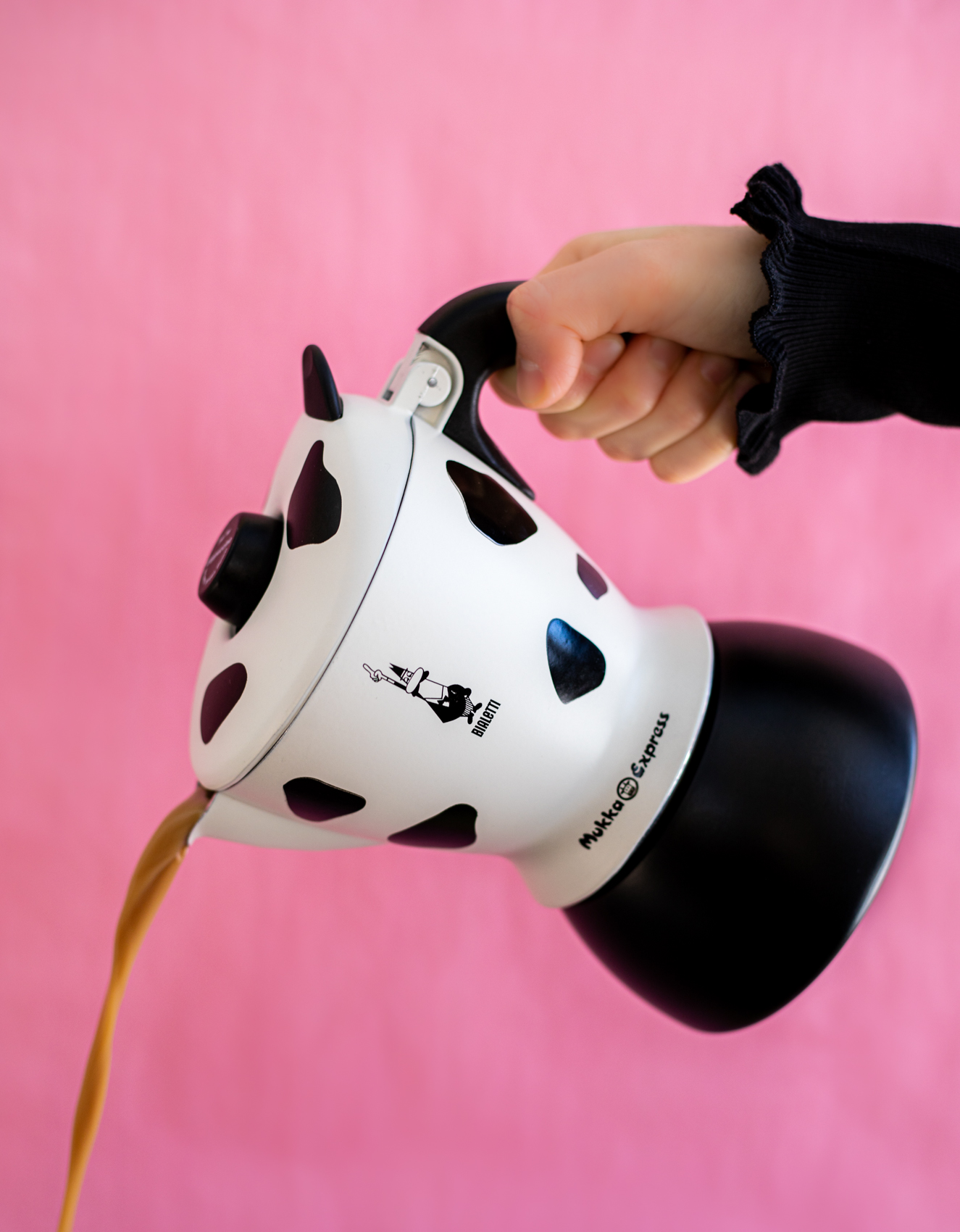Veramente perfetto

Perhaps the most famous Italian breakfast of all time is the cappuccino and croissant (or “brioche”). Pretty much every café on the streets of Italian towns and cities offers a wide selection of savory and sweet croissants, variations on the classic French butter croissant, and the star of the morning show: the cappuccino to accompany the buttery treat.
How did the savored Italian drink get its name? The Cappuccini or Capuchin friars began a reform movement in the sixteenth century among the Franciscans, calling for a return to the hard, simple life of their founder. Cappuccio, meaning “hood” in Italian popped up in Dante’s Inferno, referring to those condemned as hypocrites who must trail about endlessly in leaden robes, with low hoods known as cappucci bassi, over their eyes. Roughly dressed and bearded, they got their name from children who shouted scappuccini! (meaning “without hoods”) after them in the streets. This term came to mean simply “hermits”, and the reformers were first officially named “Cappuccini” in 1535.

There are about 11,000 Capuchins worldwide – their brown tunics most likely the reason their name was given to Capuchin monkeys, some of which have brown coats, and to cups of the brown (as opposed to black) coffee, lightened by the use of milk, cream, or even an egg. From here, the cappuccino legacy began. In Italian, cappuccino was being used to refer to coffee in the 1930s. A French writer records the term in Venice in 1937 and La Stampa in Turin in 1939. However, it was actually in German that Kapuziner, meaning Capuchin, was first applied to coffee.
Un cappuccino perfetto starts with fresh, cold milk. Cold milk is best because it allows you enough time to prepare the froth and ensures that the bubbles that are necessary to make a good froth do not disappear. Believe it or not, the position of the frothing pitcher is very important. If you have an espresso machine, position the container right next to the steam wand, submerging the rod about 1 inch into the milk. The milk should reach just below the pitcher’s spout line. Initially when the milk is in the frothing process, you should see very large bubbles. Swirl the milk around for a couple seconds before resuming the frothing process so that the final foam is nice and smooth with no large bubbles. And don’t be alarmed if the milk smells toasty! This means the froth is ready to decorate your silky shot of espresso.
If you do not own an espresso machine, there are alternatives to making a perfect cappuccino. One is the Bialetti Mukka Express. This humble pot makes the perfect cup of cappuccino…and in the simplest, fastest way possible. Simply add water to the black base, the amount depending on whether you have a gas or electric stove. Attach the top, and pour your choice of milk in the top cavity, all the way up until the designated line. Press the central button down for cappuccino or leave it extended for a latte. Place on the stove for only 5 minutes until the milk in the top half has foamed, and you have yourself un cappuccino perfetto.
Un Cappuccino Perfetto.
- 1 shot espresso
- 4 ounces 118 mL milk
- Add the espresso shot to a serving cup. Froth the milk using the steam wand of an espresso machine using the techniques described above. The milk should be smooth and foamy when done. Pour on top of the espresso shot, along with the warm milk produced at the bottom of the pitcher. Divertirsi!
- You can also use the Bialetti Mukka Express shown in the photo above to prepare a cappuccino within minutes!

